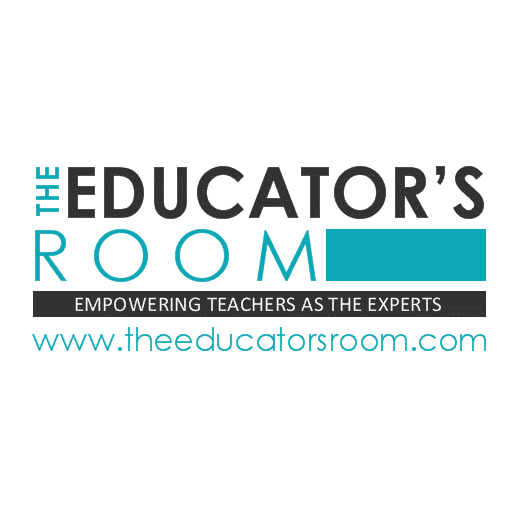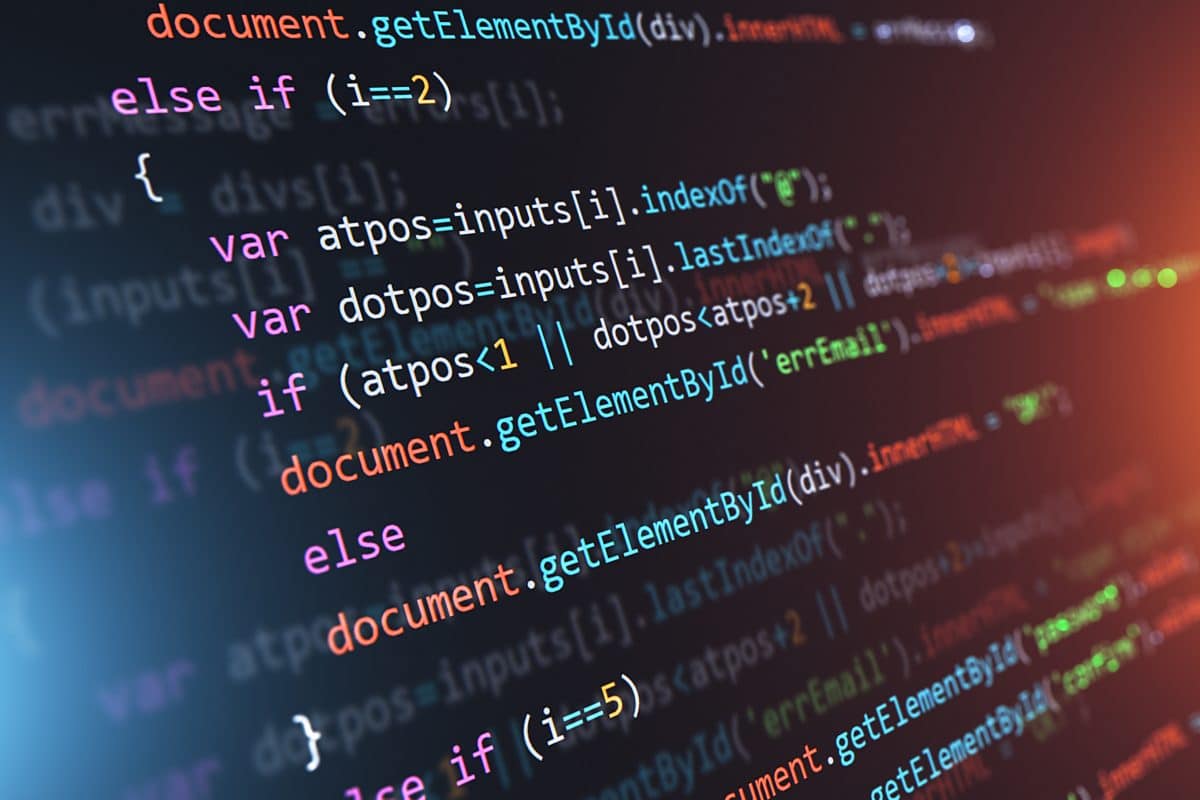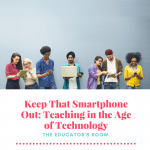In the 21st century, coding has transcended its traditional boundaries, evolving from a specialized skill into a fundamental component of literacy, akin to reading and writing.
The opportunity and the challenge for an educator, then, is to bake coding and computational thinking into the fabric of the curriculum as interdisciplinary tools that can enhance learning throughout every area of study, rather than leaving them as isolated subjects.
This approach will make the student career-ready, not only for his upcoming future in this tech-driven globe but also a problem solver, logical thinker, and a creative person.
The Imperative of Coding Literacy
As they say, computer language is increasingly the way of the modern world. In essence, coding helps students to build a mindset based on logical thinking and problem-solving—a mindset that can move across educational disciplines and is very essential to make success possible in any personal or professional situation.
Such integrated curriculum coding showcases a pro-active measure to meet the changing demands of this digital age, so that students are churned from merely consumers of technology to producers of the same.
Strategies for Integration
- Start with Why: Introduce students and faculty to the reason coding has gotten up to the importance of being integrated into our present world. To think that it’s now in use from sciences and mathematics disciplines to arts and humanities would surely build a very concrete and valid case for its curriculum integration.
- Use Cross-Curricular Projects: Designing a project that involves using coding as a tool in learning the concepts of science, math, literature, or history. For example, students can get down to work on the simulation of historical events, design experiments in virtual laboratories, or make up the analysis of patterns in literature.
- Integrate Computational Thinking: Computational thinking, rather than exposing students to the syntax of programming languages before it, is supposed to get integrated with them by involving in unplugged activities that include logical reasoning, pattern recognition, and algorithmic thinking. These are very fundamental skills in the conceptualization of ideas in coding.
- Real-World Relevance: All coding projects must be linked to a real-world problem or innovation. Encourage students to use the knowledge they will have to develop apps that solve community problems, use the same idea to solve environmental challenges through data analysis and analytics, and even learn robotics in the context of manufacturing and automation.
- Use Flexible Tools and Platforms: In that regard, to students from 8 to 18 years old, the appropriate learning tool should be CodeMonkey and Scratch, whereas for the students older than 18 years, Python or JavaScript would be more appropriate for their learning. The tools offer flexibility and, therefore, can easily be integrated with different subjects, suiting learners of different natures.
- Professional development, collaboration: Facilitate professional development of educators to reach high confidence and competence levels in coding. Encourage opportunities for cross-disciplinary collaboration in coding through the design of integrated projects with teachers of subjects.
- Fostering creativity and innovation in the classroom: Develop class conditions that honor new ideas and approaches to existing solutions. Develop students to be risk-takers by letting them learn from their failures and help students see code as a way to express their ideas and how to give solutions to problems.
Overcoming Challenges
While the case for embedding coding in the curriculum is strong, it is not all sunshine and rainbows. Scarce resources, huge differences in teacher preparedness, and sometimes an even worse curriculum make progress very difficult. The way around these problems is through administratively led professional development that allows a degree of freedom for experimentation and iterative development. There is also a need to emphasise that inclusive learning is possible when every student, regardless of their background and interests, has access to coding.
Final thoughts
Adding coding and computational thinking to the curriculum would mean much more than picking up on the technological Zeitgeist. That means actually making a commitment to preparing young people for a future in which those will be the core life skills. This, in turn, calls for educators who are able to open new paths of learning, creativity, and problem-solving, which will give students the facilities necessary to survive and succeed in the digital era. In both of these classrooms, the coding ceases to be “a subject to be learned” and starts to become “the lens through which students may see and understand their world.





